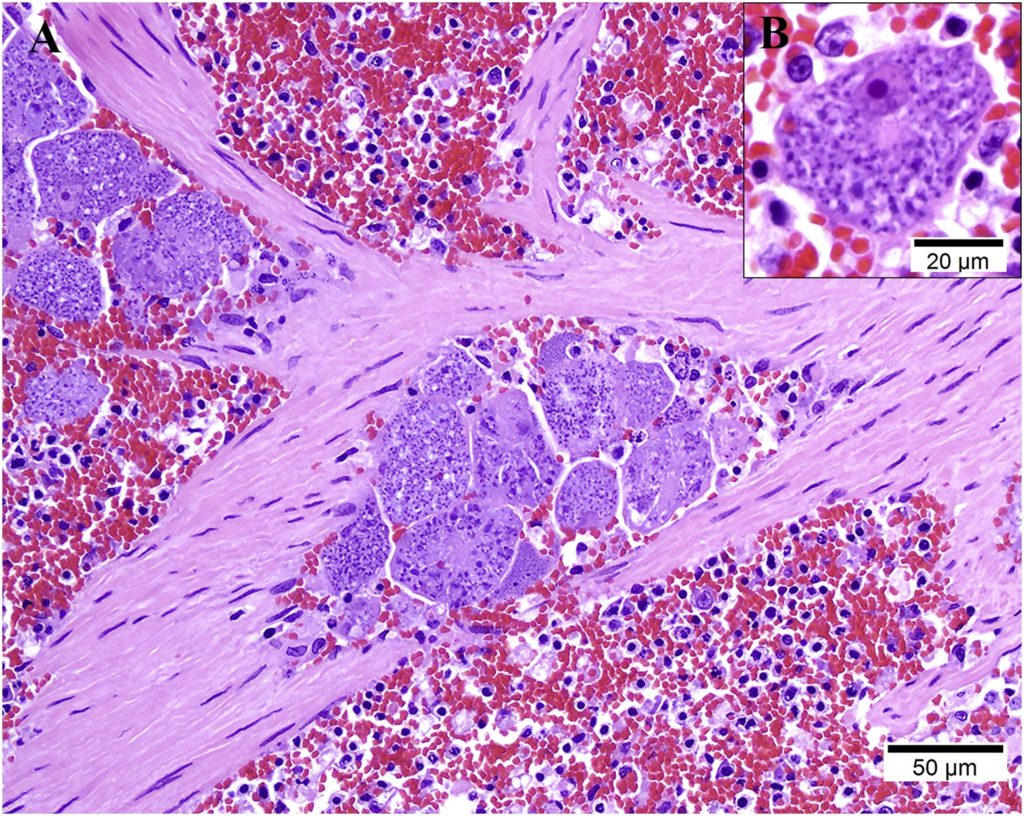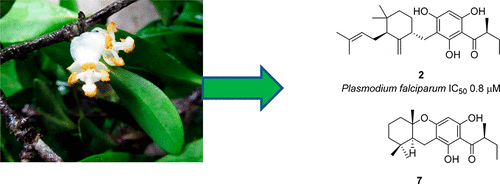Abstract
Background:Plasmodium vivax is the most geographically widespread of the human malaria parasites, causing 50,000 to 100,000 deaths annually. Plasmodium vivax parasites have the unique feature of forming dormant liver stages (hypnozoites) that can reactivate weeks or months after a parasite-infected mosquito bite, leading to new symptomatic blood stage infections. Efforts to eliminate P. vivax malaria likely will need to target the persistent hypnozoites in the liver. Therefore, research on P. vivax liver stages necessitates a marker for clearly distinguishing between actively replicating parasites and dormant hypnozoites. Hypnozoites possess a densely fluorescent prominence in the parasitophorous vacuole membrane (PVM) when stained with antibodies against the PVM-resident protein Upregulated in Infectious Sporozoites 4 (PvUIS4), resulting in a key feature recognizable for quantification of hypnozoites. Thus, PvUIS4 staining, in combination with the characteristic small size of the parasite, is currently the only hypnozoite-specific morphological marker available.
Results: Here, the generation and validation of a recombinant monoclonal antibody against PvUIS4 (α-rUIS4 mAb) is described. The variable heavy and light chain domains of an α-PvUIS4 hybridoma were cloned into murine IgG1 and IgK expression vectors. These expression plasmids were co-transfected into HEK293 cells and mature IgG was purified from culture supernatants. It is shown that the α-rUIS4 mAb binds to its target with high affinity. It reliably stains the schizont PVM and the hypnozoite-specific PVM prominence, enabling the visual differentiation of hypnozoites from replicating liver stages by immunofluorescence assays in different in vitro settings, as well as in liver sections from P. vivax infected liver-chimeric mice. The antibody functions reliably against all four parasite isolates tested and will be an important tool in the identification of the elusive hypnozoite.
Conclusions: The α-rUIS4 mAb is a versatile tool for distinguishing replicating P. vivax liver stages from dormant hypnozoites, making it a valuable resource that can be deployed throughout laboratories worldwide.
Carola Schafer, Nicholas Dambrauskas, Ryan W. Steel, Sara Carbonetti, Vorada Chuenchob, Erika L. Flannery, Vladimir Vigdorovich, Brian G. Oliver, Wanlapa Roobsoong, Steven P. Maher, Dennis Kyle, Jetsumon Sattabongkot, Stefan H. I. Kappe, Sebastian A. Mikolajczak and D. Noah Sather. 2018. Malaria Journal; 17:370. https://doi.org/10.1186/s12936-018-2519-7



